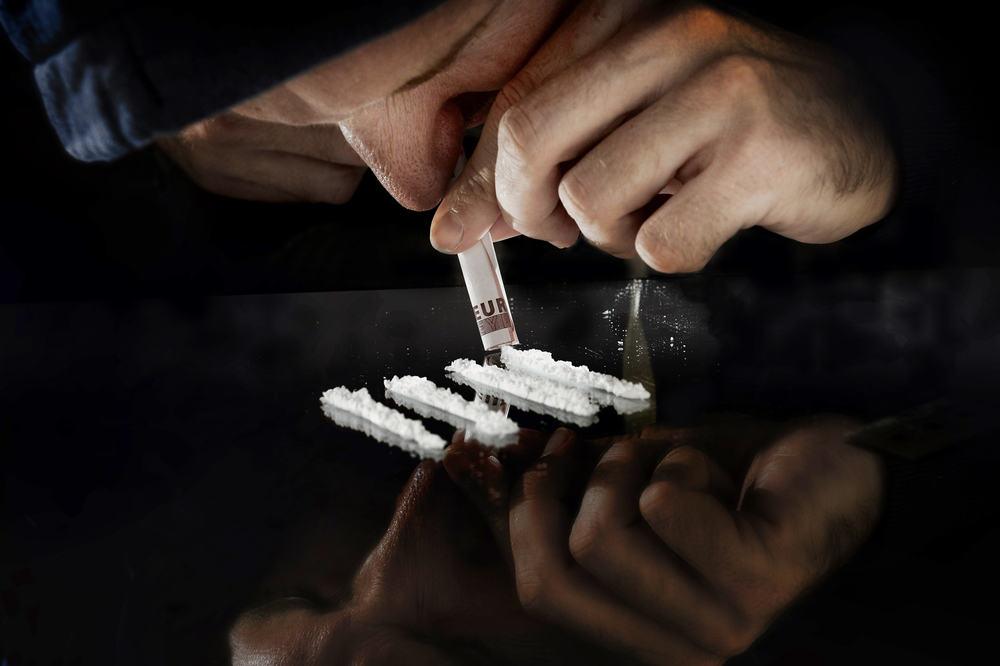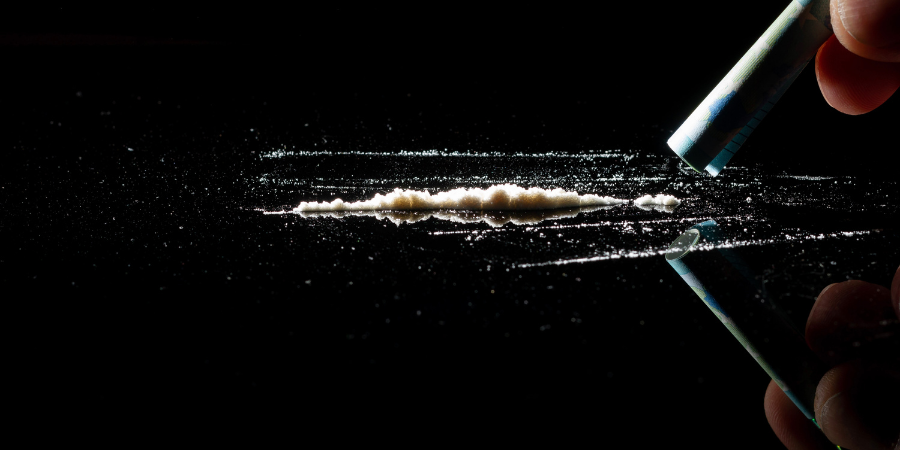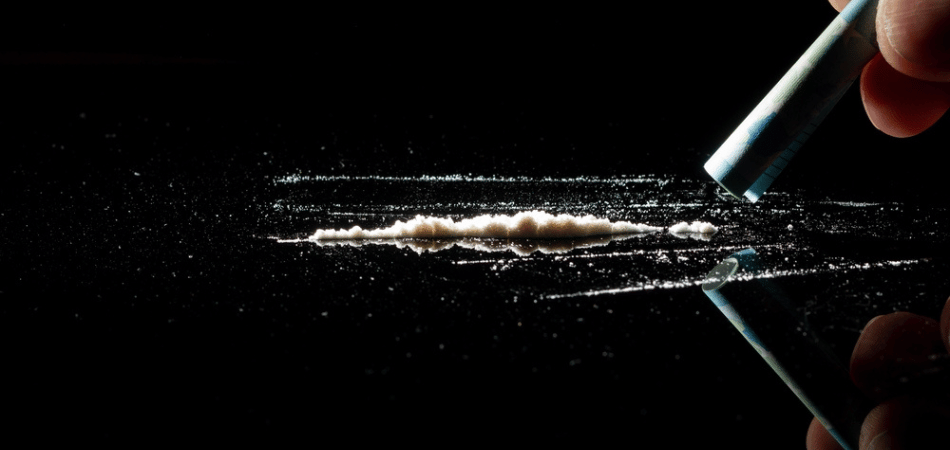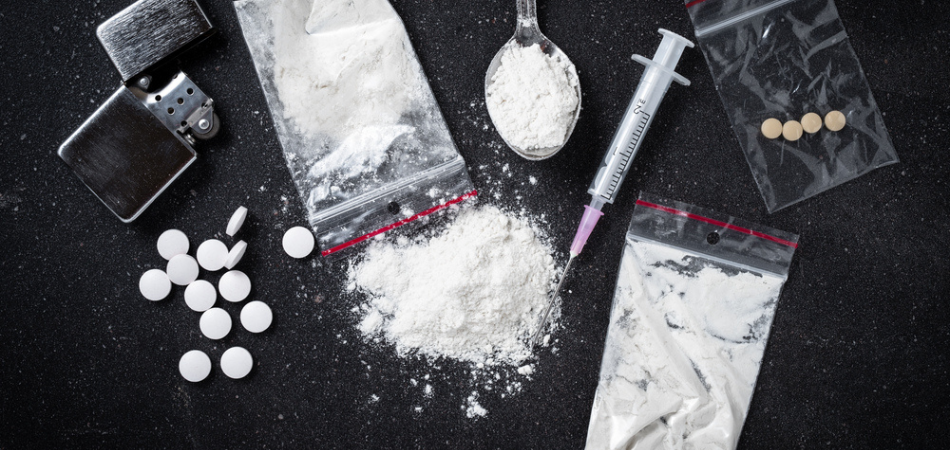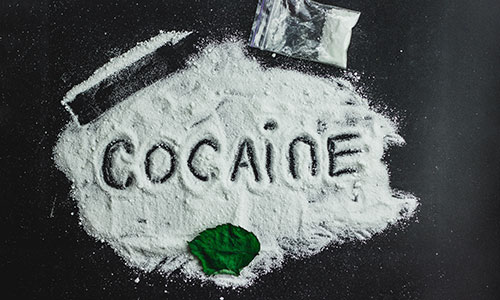
Written by:

Medically Reviewed by:
Last Updated:
October 13th, 2025
Cocaine addiction
Cocaine has long carried the image of being the party drug of the rich and famous. These days, though, it has become one of the most widely used drugs in the UK. Does that mean everyone is suddenly rich and famous? Of course not. What it really means is that cocaine is now more accessible than ever, and with that accessibility comes a much greater risk of addiction. If you or someone you know is actively using cocaine, it’s important to understand the drug you’re taking and recognise how it can gradually dismantle every part of your life.
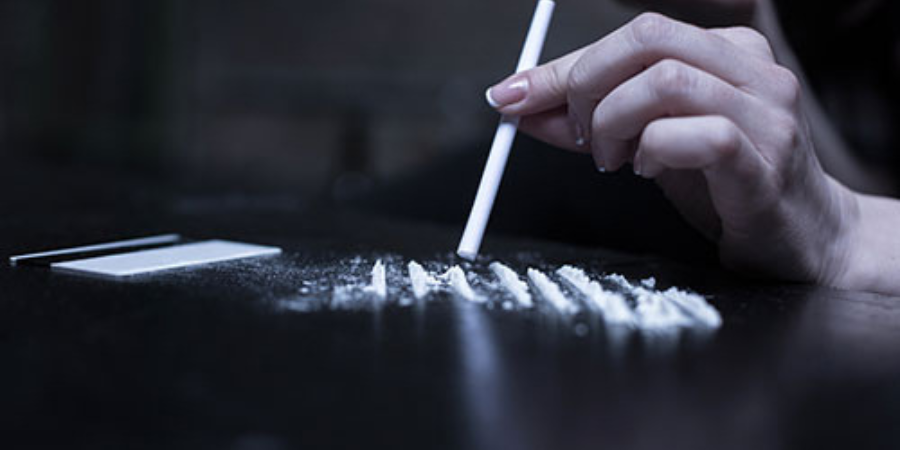
What is cocaine?
Cocaine’s story begins with the coca plant, native to South America. For centuries, communities in the Andes chewed coca leaves for their stimulating effects, but when the plant was refined and processed, it became something altogether more powerful. The alkaloid extracted from the leaves is turned into a fine white powder, and in this concentrated form, cocaine carries an entirely different weight in modern society.
Once powdered, cocaine is most often snorted, and when it enters the body, the result is a short and intense burst of euphoria and energy. That “high” is part of what makes cocaine appealing, but it is also the very thing that makes dependence a worrying reality.
In the UK, cocaine is classed as a Class A drug under the Misuse of Drugs Act, the highest legal category for substances with the most serious risks of harm. This status reflects not only the damage cocaine can cause to health but also the wider consequences for families and communities.
Understanding cocaine means seeing it for both what it is and what it represents: a powder that may look harmless in appearance yet carries consequences that stretch into every part of life. To see why its grip can be so difficult to escape, we need to look more closely at how it affects the brain.
Why is cocaine so addictive?
Cocaine’s power comes from the way it manipulates the brain’s reward system. Normally, dopamine is released when we do something that matters for survival or well-being, such as eating or bonding with others. Once released, dopamine is reabsorbed by the neuron through a transporter protein, which resets the balance.
Cocaine blocks this process. Instead of dopamine being recycled, it lingers and builds up in the brain’s reward centres, flooding the system with an exaggerated signal of pleasure and reward. The surge feels intense, and the brain registers the experience as one worth repeating.
Within minutes, the high fades, often leaving behind a sharp crash that brings fatigue and powerful cravings to use again. With time, the brain adapts to the drug’s presence and tolerance develops. More cocaine is needed to feel even a fraction of the original effect, and without it, dopamine levels plummet, dragging the person into withdrawal.
This loop between fleeting highs and punishing lows is what drives addiction. The brain is left chasing relief while trying to escape the discomfort, a pattern that strengthens with each use. To understand the true damage of that cycle, it helps to look at how cocaine addiction can reshape a person’s life.
How can cocaine addiction affect a person’s life?
Cocaine addiction leaves its mark on every aspect of a person’s life, with some of these effects appearing quickly, while others develop slowly until they are much harder to reverse. Taken together, they show how far-reaching the impact can be.
- Damage to the nasal passages from frequent snorting, leading to chronic nosebleeds and, in severe cases, erosion of the septum.
- Strain on the heart and blood vessels, raising the risk of heart attack, stroke or sudden cardiac arrest.
- Significant weight loss caused by appetite suppression, leaving the body weakened and more prone to illness.
- Neurological risks, including seizures and long-term cognitive decline, as the brain struggles to regulate itself.
- Increased vulnerability to mental health issues such as paranoia, anxiety or depression, especially during comedowns.
- Sleep disruption, with insomnia becoming more pronounced the longer use continues.
- Severe financial strain as money is funnelled into purchasing cocaine, often at the expense of essentials.
- Breakdown of trust in close relationships, with lying, secrecy or erratic behaviour eroding bonds with friends and family.
- Job loss or academic failure as concentration falters and responsibilities are neglected.
- Isolation from non-using friends and family, leaving the person surrounded only by others who use.
- Increased risk of legal trouble from possession, dealing or crimes committed to fund cocaine use.
- Escalating impulsive behaviour, leading to dangerous decisions in social or professional settings.
When these health and lifestyle challenges collide, the damage can feel overwhelming. The way forward often starts with recognising the warning signs of addiction itself, and that awareness is what the next section explores.

Cocaine use in the UK
In England and Wales alone, about 2.1% of adults aged 16–59 admitted to using cocaine in the past 12 months and the figure rises higher among younger adults aged 16–24. While these percentages may appear modest, they translate into hundreds of thousands of individuals actively using the drug, making the UK one of the countries in Europe with the highest prevalence of cocaine use. The widespread nature of this use helps explain why so many other areas of public health and safety are now feeling the strain.
These figures demonstrate that cocaine is no longer seen as a “just a bit of Charlie at a party” with low risk but a substance leaving a trail of tragedy across the UK.
Scotland has reported its own record highs, with 39 admissions per 100,000 population in 2023–24, the highest rate ever recorded. These admissions include emergencies such as heart attacks, strokes and acute psychiatric episodes, which means hospitals are seeing the drug’s impact first-hand on a daily basis.
These rising treatment figures show that many users are now recognising the hold cocaine has on their lives and are seeking help but they also underline how deeply cocaine use has embedded itself into UK society
What are the signs of cocaine addiction?
Spotting the signs of cocaine addiction can make the difference between stepping in early or watching the problem grow unchecked. Cocaine use may begin in social or recreational contexts but addiction soon changes how someone looks, behaves and thinks.
- Frequent nosebleeds or nasal damage caused by repeated snorting.
- Dilated pupils that remain large even in normal lighting.
- Noticeable weight loss linked to appetite suppression.
- Restlessness, twitching or sudden bursts of energy followed by exhaustion.
- Insomnia that persists night after night, leaving the person exhausted.
- Lying about whereabouts or hiding paraphernalia such as small baggies, straws or mirrors.
- Neglecting personal, work or school responsibilities in favour of using cocaine.
- Stealing money or borrowing excessively to pay for the drug.
- Social withdrawal from non-using friends and family.
- Impulsive or reckless decision-making while under the influence.
- Intense cravings that make it difficult to think about anything else.
- Severe mood swings, from heightened confidence to irritability or despair.
- Paranoia or anxiety that worsens with ongoing use.
- Loss of interest in hobbies, ambitions or responsibilities.
- Depression during periods without the drug, often leading back to use.
Noticing these signs can be uncomfortable, particularly when they reflect your own behaviour or that of someone close to you. Yet this awareness is often the first step toward change. The next section invites you to take a closer look at your own situation through a simple self-assessment.
Do I have a cocaine addiction?
It can be easy to skim a list of signs and decide that they don’t quite apply. Addiction has a way of persuading people that the situation isn’t serious. One way to break through that fog is to ask direct questions and see how the answers feel.
Here are six questions to consider:
- Do you find yourself craving cocaine even when you try not to think about it?
- Have you skipped work, school or family responsibilities because of cocaine use?
- Are you spending money on cocaine that was meant for essentials?
- Do you continue using despite it harming your health or relationships?
- Have you tried to stop but found yourself returning quickly?
- Do large parts of your day revolve around seeking, using or recovering from cocaine?
Answering yes to even one of these questions is a sign worth paying attention to. Cocaine addiction rarely stands still; it tends to progress if nothing changes. The next step is learning about the help that is available, which can make recovery feel less daunting.
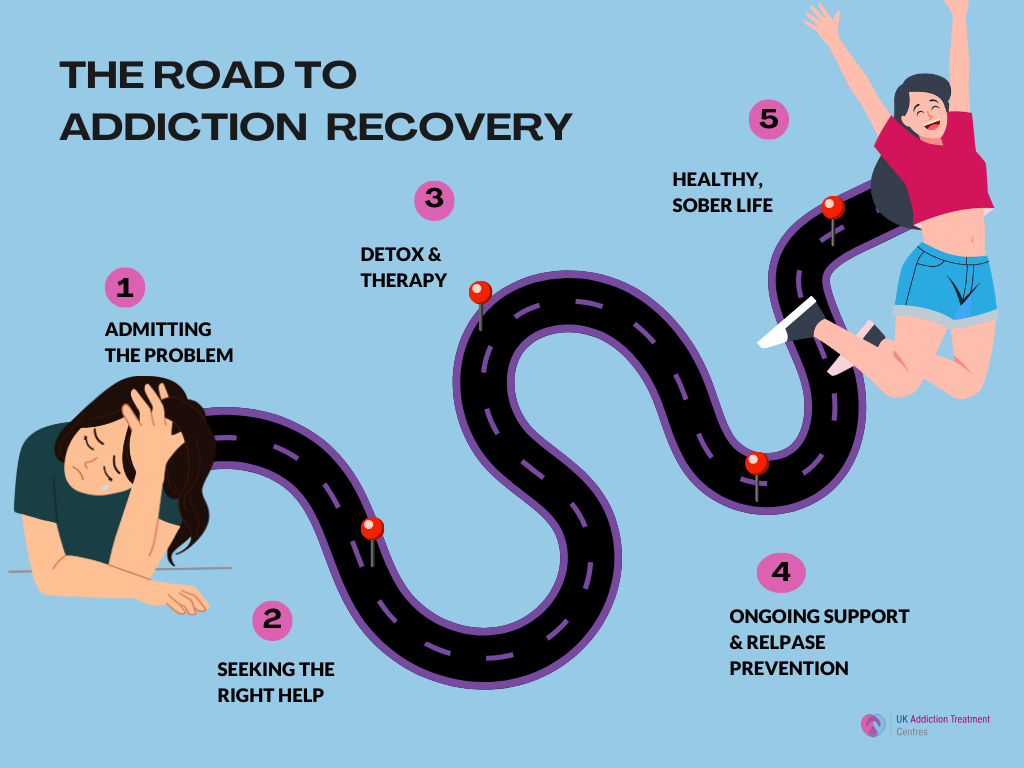
Is there help available for cocaine addiction?
Cocaine can take over daily life until it feels impossible to imagine a future without it. The truth is that recovery is always possible and the right support can make that future clearer.
At our UKAT centres, treatment for cocaine addiction often begins with cocaine detox when needed, giving the body time to clear the drug in a safe and supportive setting. From there, therapy opens up space to explore the underlying causes of addiction and to build healthier ways of coping with stress or everyday pressures. Once detox and residential treatment is complete, aftercare provides ongoing guidance and relapse prevention plans that help maintain progress in the long run.
If cocaine has become part of your life, it’s important to know that you don’t have to face it on your own. Reach out to UKAT today and take the first step toward a life free from cocaine addiction.
Frequently asked questions
Other signs include lying to people about your cocaine use, a loss of interest in activities, and personal relationships being affected.
(Click here to see works cited)
- Verma, Vivek. “Classic Studies on the Interaction of Cocaine and the Dopamine Transporter.” Clinical Psychopharmacology and Neuroscience, vol. 13, no. 3, Dec. 2015, pp. 227–38, https://doi.org/10.9758/cpn.2015.13.3.227
- ONS. “Drug Misuse in England and Wales: Year Ending March 2024.” Ons.gov.uk, Office for National Statistics, 12 Dec. 2024, www.ons.gov.uk/peoplepopulationandcommunity/crimeandjustice/articles/drugmisuseinenglandandwales/yearendingmarch2024
- Kelly, Kieran. “UK Has Second Highest Rate of Cocaine Use in the World, Figures Show.” LBC, 22 Dec. 2023, www.lbc.co.uk/article/uk-second-highest-rate-cocaine-use-globally-5HjcbWC_2/ Accessed 24 Sept. 2025.
- Office for National Statistics. “Deaths Related to Drug Poisoning in England and Wales.” Ons.gov.uk, Office for National Statistics, 23 Oct. 2024, www.ons.gov.uk/peoplepopulationandcommunity/birthsdeathsandmarriages/deaths/bulletins/deathsrelatedtodrugpoisoninginenglandandwales/2023registrations
- “Drug-Related Deaths in Scotland, 2024.” National Records of Scotland (NRS), National Records of Scotland, 2024, www.nrscotland.gov.uk/publications/drug-related-deaths-in-scotland-2024/
- Marsh, Sarah. “Mental Health Hospital Admissions Linked to Cocaine Use Treble in 10 Years.” The Guardian, 20 Nov. 2018, www.theguardian.com/society/2018/nov/20/mental-health-hospital-admissions-linked-to-cocaine-use-treble-in-10-years
- Bol, David. “Cocaine Hospital Stays Reach Highest Ever Level amid 14 per Cent Soar in Drug Admissions.” The Scotsman, 16 Apr. 2025, www.scotsman.com/health/cocaine-hospital-admissions-scotland-drug-deaths-5084839 Accessed 24 Sept. 2025.
- Office for Health Improvement & Disparities. “Adult Substance Misuse Treatment Statistics 2023 to 2024: Report.” GOV.UK, 28 Nov. 2024, www.gov.uk/government/statistics/substance-misuse-treatment-for-adults-statistics-2023-to-2024/adult-substance-misuse-treatment-statistics-2023-to-2024-report



